The Army of Vlad Dracula or Vlad the Impaler
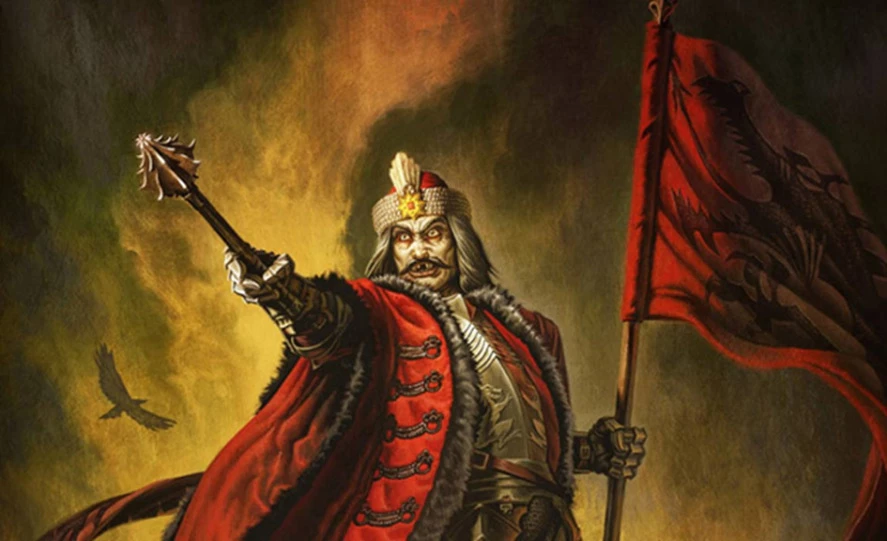
In 1453, Constantinople fell to the Ottoman Turks and the expansion of the Ottoman Porte began to spread like wildfire throughout the Balkans and adjacent areas. Romania did not yet exist - The land was divided into three states: Transylvania (under strong Hungarian influence, with a predominant Roman Catholic religion), Moldavia and Wallachia (Greek Catholic). All these regions waged violent wars in order to preserve their independence.
Fang/sabre from the turn of the 15th and 16th centuries. The crossguard with curved ends was typical of Eastern European style sabres and swords.
Because of this, the 15th-century Ottoman Empire, controlling the Balkans and Eastern Europe, had to deal with three militant neighbours that the Pope considered great defenders of Christianity. The leaders of these regions were:
- Matthias Hunyadi (called Corvinus), king of Hungary and lord of Transylvania;
- Stephen III of Moldavia, later nicknamed "the Great”;
- and Vlad III Dracula (also Tepes, or Vlad the Impaler), whose family, the House of Draculesti, descended directly from Mircea the Elder, renowned for his courage in all countries where Romanian was spoken.
Vlad inspired many legends and was known for his bravery as well as cruelty. It was Vlad who later became known as the Dracula. The nickname “Dracula” itself has an interesting history. It is believed to have originated in the Order of the Dragon, initiated by Serbian knights in the late 14th century and officially founded by King Sigismund of Hungary (1408 or 1409). Vlad's father, Vlad II, was a member of the Order.
Emblem of the Order of the Dragon (Wikipedia)
Who Was the Real Dracula Really?
In 1897, the Irish writer Bram Stoker associated vampire folklore stories with the name of historical Vlad III (1431-1476/7). Historical Vlad Dracula was and incredibly cruel warlord, but also a respected and vigorous defender of Christianity and his country against the Ottoman Turks.
In 1437, Vlad III, the son of the Wallachian duke Vlad II, was handed over as a hostage to the court of Sultan Murad II along with his brother Radu, known as "the Beautiful". While his brother tried to stay away from trouble, Vlad used the time at the court to study Turkish military techniques, sciences and culture, and he might have learned something about their cruelty as well.
Vlad III (Vlad Tepes) in a portrait from a later period. He is holding a commander's mace, wearing the clothes of the Wallachian boyars, with Turkish boots on his feet (Public Domain)
After the death of his father and older brother Mircea, killed by rebellious Wallachian boyars with the help of John Hunyadi, Vlad, with Turkish help, managed to seize the Wallachian throne for the first time in 1448, then between 1456 and 1462, always swearing allegiance to both the King of Hungary and the Sultan in Constantinople. During his reign, he committed many cruelties that established his fearsome reputation. He caught his boyar enemies and impaled them on stakes.
The Ottoman sultan Mehmed II sent his envoys to Vlad, but as they refused to take off their turbans, he had the turbans nailed to their heads, killing them in the process. This action triggered a full-scale war.
But Mehmed had superior military force of around 60 thousand men against the Wallachian army of Vlad, which was not even half the size. The Carpathian terrain, however, was suitable for guerrilla warfare, and on 17 June 1462 the Turks suffered terrible losses, Mehmed almost lost his life, and agreed to retreat. According to the legend, when the Sultan finally reached the Vlad’s city Tirgoviste, he was welcomed with the sight of 22,000 of Turkish captives impaled in front of the city walls.
A particularly deadly version of halberd
However, Vlad could not face the powerful Ottomans indefinitely. Once defeated, he escaped to Hungary, to the court of Matthias Corvinus. He remained there until 1476, when he conquered the Wallachian throne for the third and last time with the help of Matthias. After the Hungarian troops withdrew, Vlad fought a battle against the Turks and boyars, and was killed. However, the exact circumstances of his death are unclear. His head was sent to Constantinople, and Vlad’s body was buried in an unknown place.
In Romanian legends, Vlad Tepes is viewed as a brave hero and an unwavering defender of his country against the Muslim threat. He was cruel to his enemies, but given the time in which he lived, there was little choice for him if he wanted to succeed. It is also possible that some legends are exaggerated by the offended German merchants, expelled by Vlad from Wallachia. Vlad Dracula is said to have been kind and helpful to his friends.
The Wallachian Army
The armed forces of Wallachia (like those of Moldavia) consisted mainly of two distinct troops: "Small Army" (oastea mică) and "Big Army" (oastea mare). While the Big Army constituted the majority of the army, the Small Army consisted of cavalry and infantry forces, which included the guards (of the duke), garrison units, units of nobles or boyars (slugi) and the so-called "banderia", troops made up of high-ranking clergymen or noblemen, commanded by district governors (pircalabi).
Light cavalry (left) and mounted archer. Hungary, Transylvania, Carpathians, second half of the 15th century. (Edgar Pachta)
The main unit was the Curteni (court cavalry), i.e. the guardsmen: men who served in the local military administration or even mercenaries, mainly from Hungary. In is possible that foreigners from other countries also served as mercenaries in Vlad's army. However, Dracula tried to replace the foreigners in the ranks of the Curteni with local landowners, who were promoted into the lower nobility for bravery.
The primary weapons of the Carpathian army units were lances, halberds, Balkan or Carpathian battle axes with a long shaft (shepherd’s axes). They used Western-style plate armour (often protecting their legs); and a smaller shield of the Bohemian type (pavise), or a Balkan-Turkish ‘Targes’.
Lighter, simpler armour was used by soldiers with Medieval Crossbows and oriental compound bows (Arcul). The “Big Army” consisted of peasants wearing traditional clothes, including sheepskin hats and traditional peasant’s shoes. Protective armour often consisted of Byzantine-style quilted jacket (zoupa) or just a leather brigandines reinforced with metal plates. On the other hand, warriors often wore a Western-style, broad-brimmed kettle hats on their head.
Medieval crossbow
From the middle of the 15th century, firearms started playing an increasingly important role on the battlefields in the Carpathian region. These firearms included howitzers, Fauconneaus, and primitive handguns, often imported from Italy or Germany.
The heavy cavalry (miles) of the Hungarian and Carpathian armies often wore full-body armour (thorax), reflecting Italian and German influences. Kettle hats or sallets in various shapes and forms protected the head of the knights.
However, a large part of the cavalry was light cavalry (strajeri). These light horsemen (similarly to Hussars in later periods) wore layered clothing or quilted caftans. They were armed with bows, arrows, sabres, maces or axes and spears.
In the Balkan and Italian armies, especially after the fall of Constantinople, a type of light cavalry called “Stratioti” began to appear. The fast, aggressive mercenary horsemen had their origin mainly from Greece and Albania. They often wore chainmail shirts, wooden shields and long cavalry lances.
Wallachian executioner, one of the many servants of Vlad Tepes (libertinii) in charge of executing his victims (Edgar Pachta)

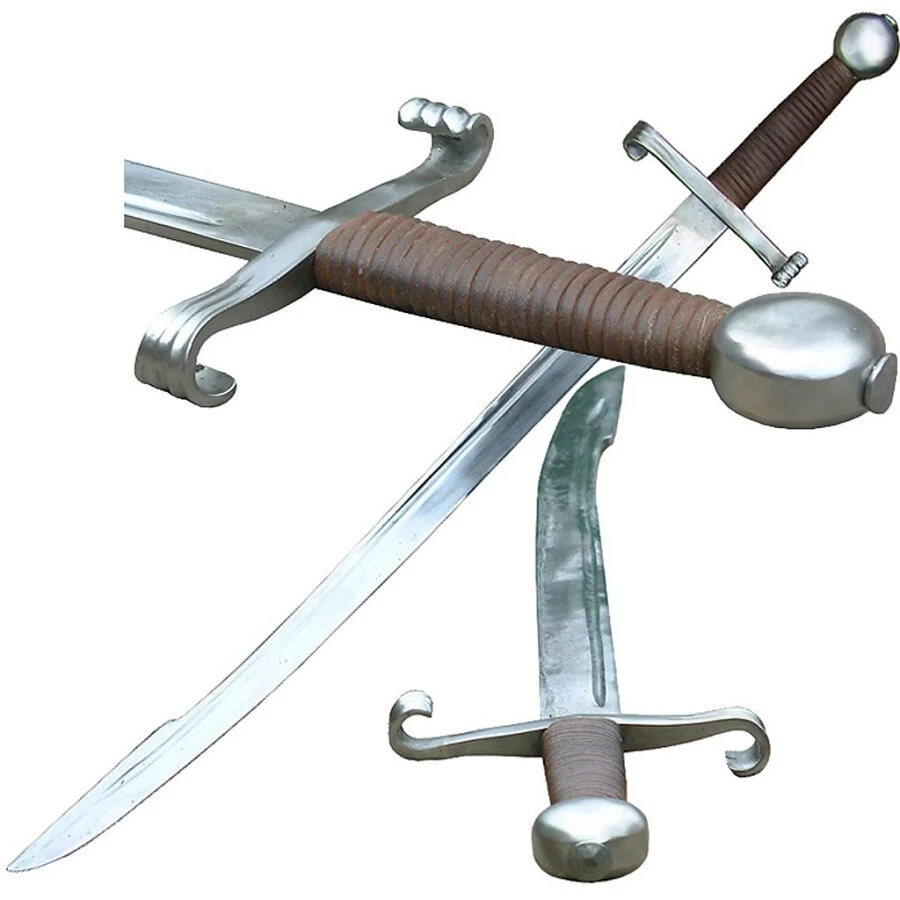
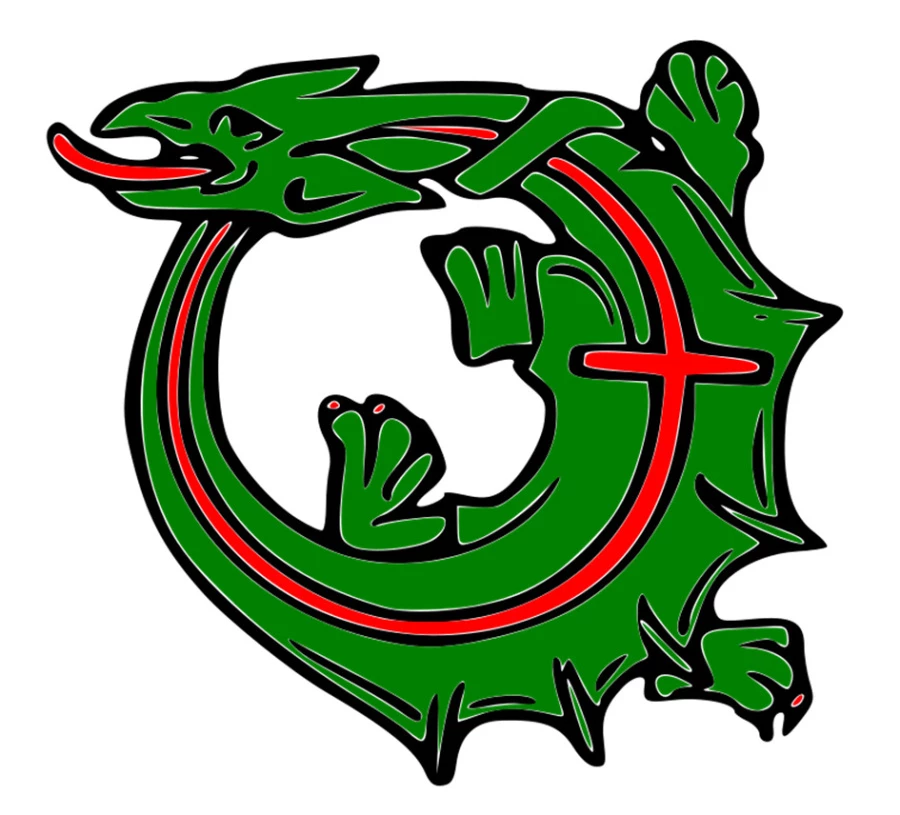
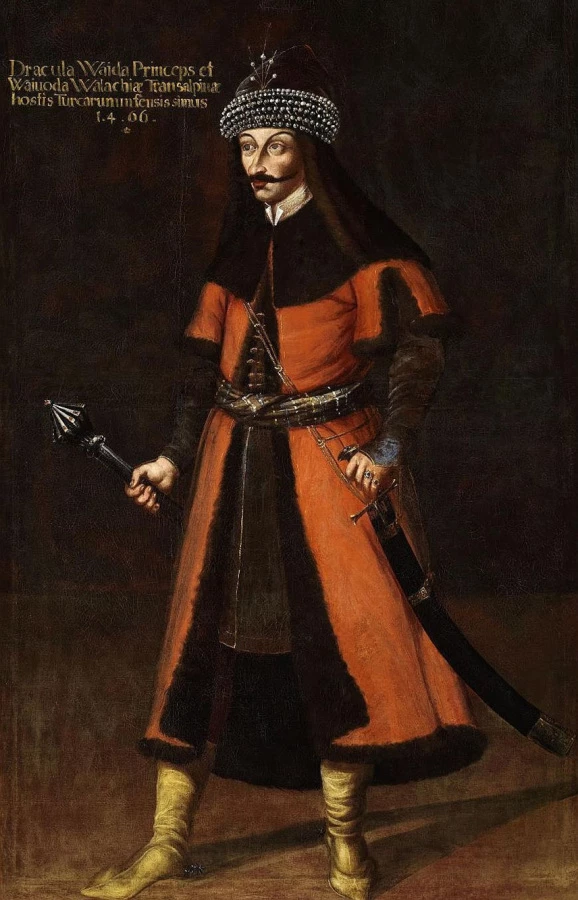
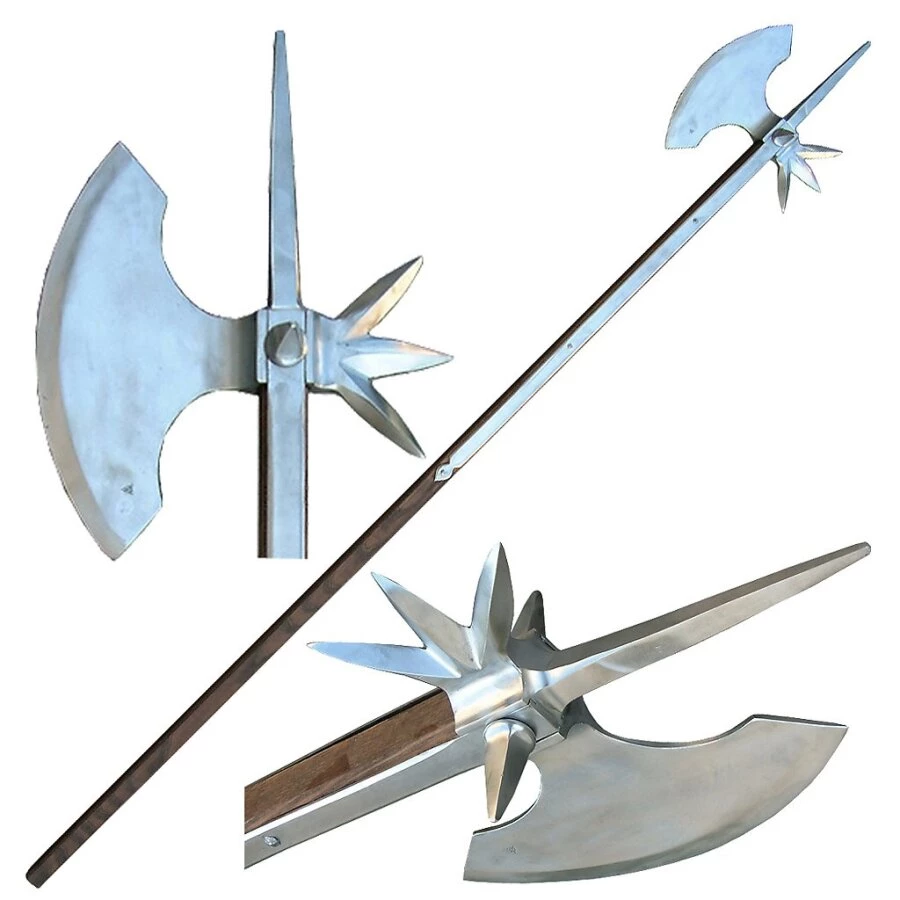
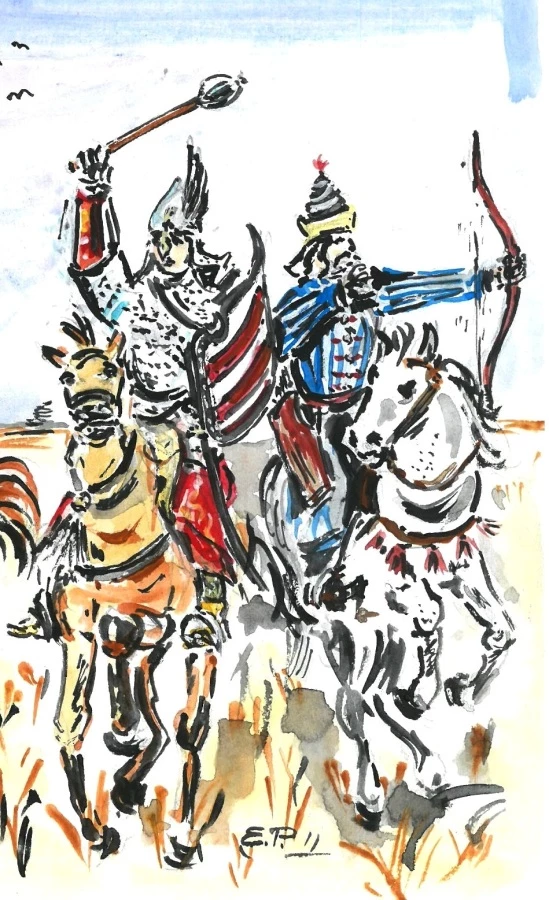
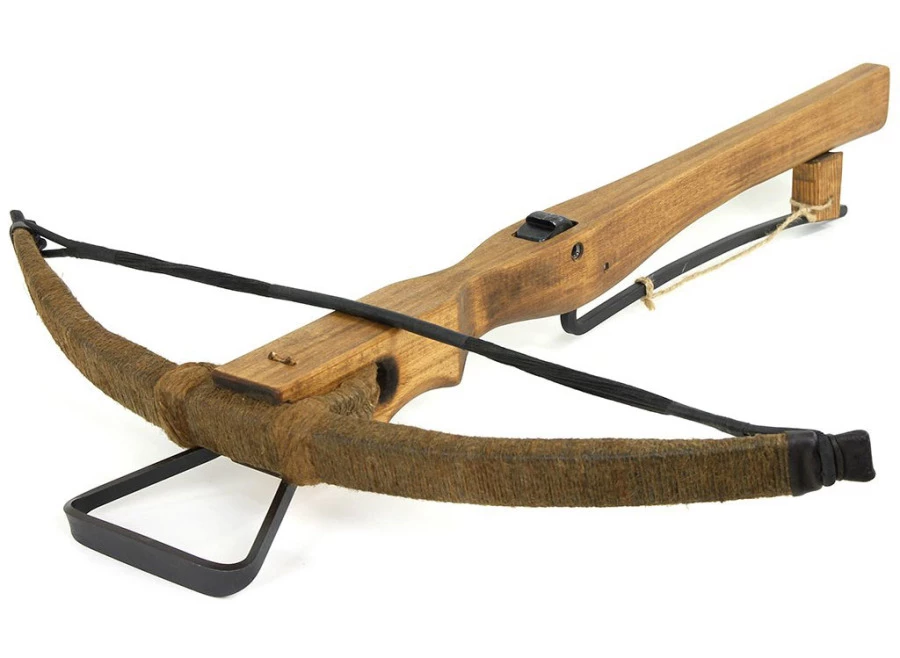
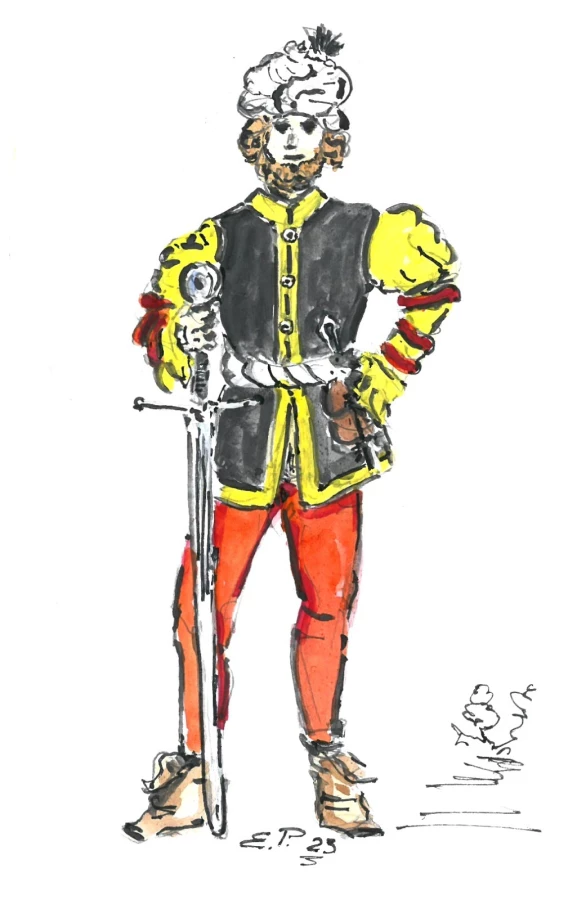
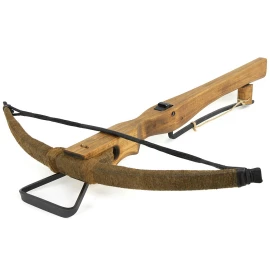
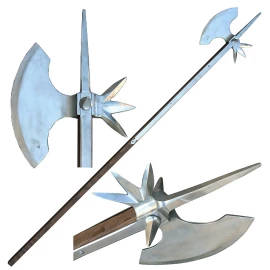
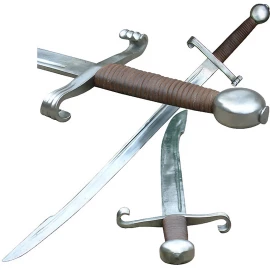
Comments